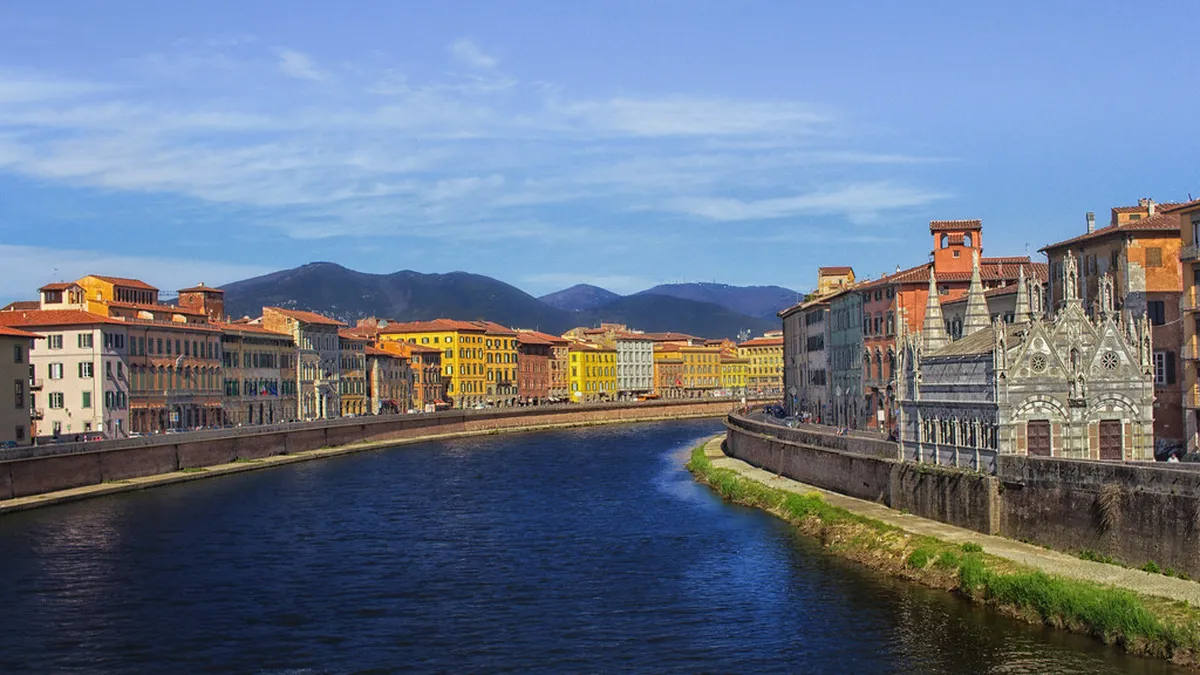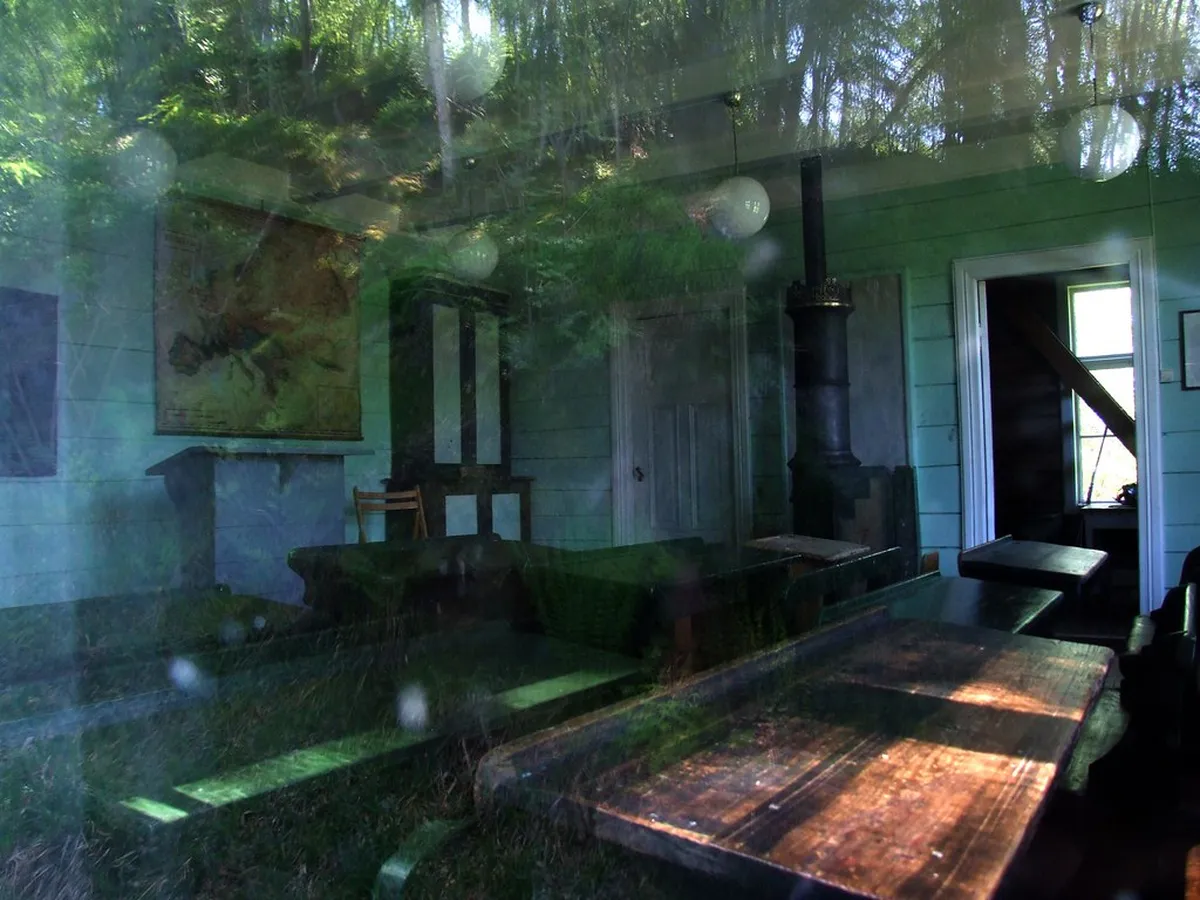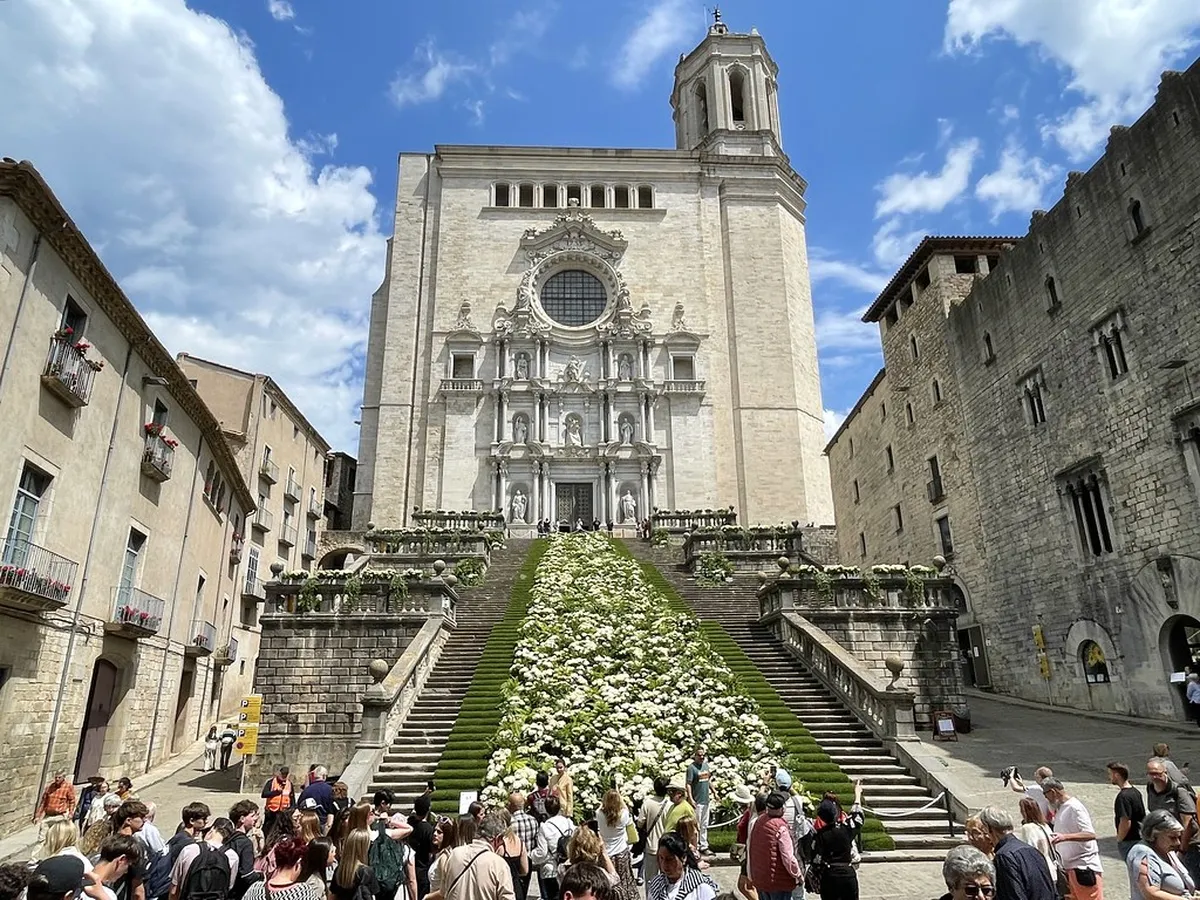Tokyo Seasonal Guide: When to Visit for Cherry Blossoms, Autumn Leaves & Festivals
Tokyo transforms dramatically with each passing season, offering visitors distinctly different experiences throughout the year. The city's deep connection to seasonal changes influences everything from culinary specialties to cultural celebrations and natural landscapes. This comprehensive guide explores Tokyo's seasonal highlights for 2025, helping you determine the ideal time for your visit based on your interests, whether you're drawn to the famous cherry blossoms, vibrant autumn colors, exciting summer festivals, or magical winter illuminations. Find the best shopping experiences with our Tokyo shopping guide.

Key Takeaways
Plan this trip faster with our free online itinerary maker. Get a personalized day-by-day plan in minutes.
- Experience the magical cherry blossom season in late March to early April
- Discover Tokyo's vibrant summer festivals from June through August
- Witness stunning autumn foliage in gardens and parks from late November to early December
- Enjoy winter illuminations and fewer crowds from December to February
- Learn about seasonal food specialties that enhance each season's unique character
- Find tips for accommodations and transportation during peak tourist seasons
Spring in Tokyo: Cherry Blossom Season (March-May)
Spring in Tokyo brings mild temperatures and spectacular natural displays. Cherry blossom (sakura) season typically peaks in late March to early April, transforming parks and riversides into pink wonderlands. For the best viewing spots and experiences, explore our dedicated Tokyo Cherry Blossom Guide.
Beyond cherry blossoms, Tokyo's parks and gardens showcase stunning seasonal transformations with azaleas, wisteria, and fresh greenery. Discover the city's most beautiful green spaces in our Tokyo Parks & Gardens Guide, featuring both famous destinations and hidden gems perfect for seasonal appreciation.
Prime viewing spots include Ueno Park, home to over 1,000 cherry trees, Chidorigafuchi along the Imperial Palace moat (especially beautiful for evening boat rides), and Shinjuku Gyoen with its diverse cherry varieties. For a less crowded experience, try Yanaka Cemetery or Koishikawa Botanical Garden. For optimal photo opportunities, see our Tokyo Photography Spots guide for tips on capturing the perfect cherry blossom images.
During this season, locals enjoy hanami (flower viewing parties) by picnicking under blossoming trees. Parks extend their hours, and many sites offer special illuminations for night viewing (yozakura). This season aligns perfectly with activities in our Tokyo Cultural Experiences guide, adding natural beauty to traditional experiences.
Summer in Tokyo: Festivals and Traditions (June-August)
Summer in Tokyo brings humidity and temperatures averaging 25-30°C (77-86°F), but compensates with spectacular festivals (matsuri). The Sanja Matsuri in Asakusa (May) features portable shrines carried through streets by enthusiastic participants, while the Sumida River Fireworks Festival (July) illuminates the sky with over 20,000 fireworks.
Summer evenings come alive with beer gardens on department store rooftops and traditional bon odori dances in neighborhood parks. The Tanabata Festival (July) fills the city with colorful paper decorations and wishes written on tanzaku papers.
This is also an excellent season for day trips to nearby coastal areas like Enoshima or mountain retreats. For further exploration, check our Tokyo Day Trips guide.
Autumn in Tokyo: Foliage and Comfortable Weather (September-November)
🎯 Insider Tip: Discover the best Tokyo experiences with Viator Tours!
Autumn brings comfortable temperatures (15-25°C/59-77°F) and stunning red, orange, and gold foliage from late November to early December. Prime viewing spots include Rikugien Garden with evening illuminations, Koishikawa Korakuen with its traditional landscaping, and Mt. Takao for hiking amid vibrant colors.
This season features cultural events like the Tokyo International Film Festival (October) and the Jidai Matsuri historical parade. Autumn is ideal for culinary exploration with seasonal specialties like matsutake mushrooms and chestnuts appearing in traditional restaurants featured in our Tokyo Food Guide.
With comfortable weather and smaller crowds than spring, autumn offers excellent conditions for experiencing Tokyo's outdoor attractions and walking tours outlined in our Tokyo itinerary.
Winter in Tokyo: Illuminations and Seasonal Celebrations (December-February)
Winter in Tokyo is relatively mild (5-10°C/41-50°F) and typically dry, making it surprisingly suitable for exploration. The city transforms with spectacular illuminations, particularly along Omotesando, Tokyo Midtown, and Marunouchi districts.
The New Year celebration is Tokyo's most important cultural holiday. Experience traditional hatsumode (first shrine visit) at Meiji Jingu or Sensoji, which attract millions of visitors. February brings the plum blossoms at Yushima Tenjin Shrine, heralding the approach of spring.
Winter offers excellent shopping opportunities during Japan's biggest sales and is ideal for enjoying hot springs. For retail therapy, consult our Tokyo Shopping Guide to find the best districts for seasonal bargains.
Seasonal Food Specialties
🎯 Insider Tip: Discover the best Tokyo experiences with Viator Tours!
Japanese cuisine strongly emphasizes seasonality, making food experiences vary dramatically throughout the year:
- Spring: Sakura-flavored sweets, fresh bamboo shoots, and strawberries dominate menus
- Summer: Light, cooling foods like cold somen noodles, grilled eel (unagi), and kakigori (shaved ice desserts)
- Autumn: Matsutake mushrooms, chestnuts, sweet potatoes, and seasonal fish like sanma (Pacific saury)
- Winter: Warming hot pot dishes (nabe), oden stews, and seasonal citrus like yuzu and mikan
Seasonal food experiences complement the activities suggested in our 3-day Tokyo itinerary and 5-day Tokyo itinerary, adding culinary dimensions to your exploration.
Practical Considerations for Seasonal Travel
Your seasonal choice affects logistics significantly:
- Accommodation: Book 3-6 months in advance for cherry blossom season and Golden Week (late April-early May). Winter offers the best hotel rates except around New Year.
- Transportation: Trains and tourist sites are busiest during cherry blossom season, Golden Week, Obon (mid-August), and New Year. Consider transportation passes discussed in our Tokyo Transportation Guide.
- Packing: Spring and autumn require layers for variable temperatures. Summer demands light, breathable clothing and sun protection. Winter requires a warm coat but rarely heavy winter gear.
- Crowds: For a balance of good weather and fewer tourists, consider early June or late September/early October.
Frequently Asked Questions
When exactly will cherry blossoms bloom in Tokyo in 2025?
What is the most crowded tourist season in Tokyo?
When is Tokyo's rainy season?
Is summer too hot to visit Tokyo?
What are the major seasonal festivals in Tokyo?
When are accommodation prices highest in Tokyo?
Tokyo's seasonal variations offer something special throughout the year, making it worth considering what aspects of Japanese culture and natural beauty you most want to experience. While spring and autumn are justifiably popular for their natural beauty, summer festivals and winter illuminations provide equally compelling reasons to visit during these less crowded seasons. By understanding Tokyo's seasonal rhythms, you can plan a trip that aligns perfectly with your interests and preferences.
For detailed itinerary planning once you've selected your ideal season, consult our Tokyo itinerary guide. Whether you're planning a 3-day visit or a more comprehensive 5-day Tokyo experience, understanding seasonal highlights will help you make the most of your time in Japan's fascinating capital.



